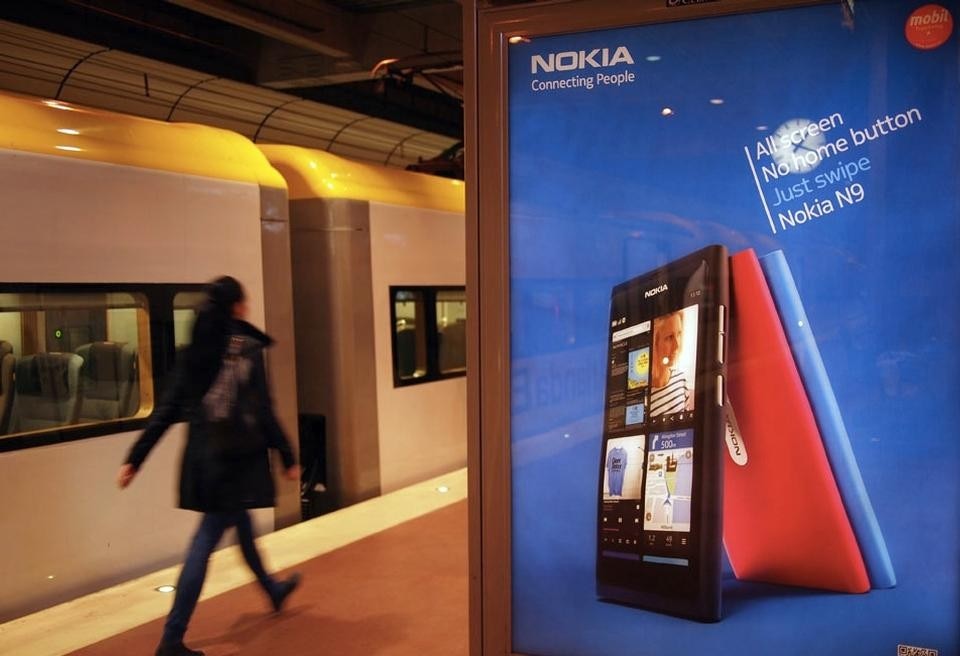The humble form of the mobile phone galvanises culture and design like few other products ever have. Well beyond its original brief of connecting voices in real-time, and now dissolved in social media substrate, the mobile phone is essentially a tool for cultural production and consumption, for the everyday projection, dissembling or articulation of identity itself. As such, the cellphone represents an entirely new form of industrial design; it is intimate physically, psychologically and culturally, as well as framing the city and its activities. It can only be understood in the context of the few genuinely new design disciplines of the last two decades: the overlapping circles of interaction design, experience design, service design. And for mobile phones, read Facebook Timeline's interface design, the organising principles underpinning operating systems like OSX and Google Chrome OS, the platform service ecosystem of iTunes+iPhone, an RFID-based airport check-in system, the architecture of Angry Birds, what XBox Live says about community; what transport data apps say about contemporary urbanism; what the Microsoft Word interface says about our approach to tools; how the design strategy of the New York Times sketches the future of journalism, how Spotify follows in a lineage of music experiences from Brionvega to Technics....
When Domus started, there was no equivalent of these kind of devices, these kind of platforms, these kind of issues, although Domus has a long history of reviewing the products of everyday life, particularly through its coverage of industrial design. The publication absorbed these daily objects from its earliest days, particularly placing domestic products, furniture and office equipment on its pages. These are technology too of course. But now we must see beyond furniture to the glowing devices lying upon them. The iPhone, Facebook and Chrome are the descendants of Sottsass's Olivetti Lettera, in a way. Perhaps Ettore Sottsass sensed this:
"My furniture is a trivial thing and doesn't matter at all. But the idea would be to invent new total possibilities, new forms, new symbols...." (Sottsass, 1965)
It turns out that these are the new objects, products and services of everyday life, the "new total possibilities". They are 'Super Normal', though perhaps not in the sense that Jasper Morrison and Naoto Fukasawa intended in their exhibitions of 2006–2007. Our reading of the situation attempts to move beyond the traditional frames for assessing industrial design, and assesses designs that are intended to be usable, functional, meaningful, personal, productive, strategic, participative.
So the cultural potency—the sheer relevance—of products like mobile phones, social media, and operating systems, has prompted Domus to start a new form of technology criticism, in a series that politely and respectfully hacks the name 'Super Normal'. Our idea is to offer an alternative to a discourse dominated by the likes of Engadget, Techcrunch, DPReview, Gizmodo, et al. Sites like these cover products and services in unparalleled levels of technical detail and with respected in-depth knowledge. Yet they rarely discuss design in any meaningful way or the wider cultural impact of such things.
"Super Normal is already out there, out in the open; it exists in the here and now; it is real and available. We have only to open our eyes." (Gerrit Terstiege, 2007)
This is no buyer's guide, but it may be a user guide of sorts, to the key products and services of the 21st century; the things that surround us, yet are currently not on the radar of design criticism.


